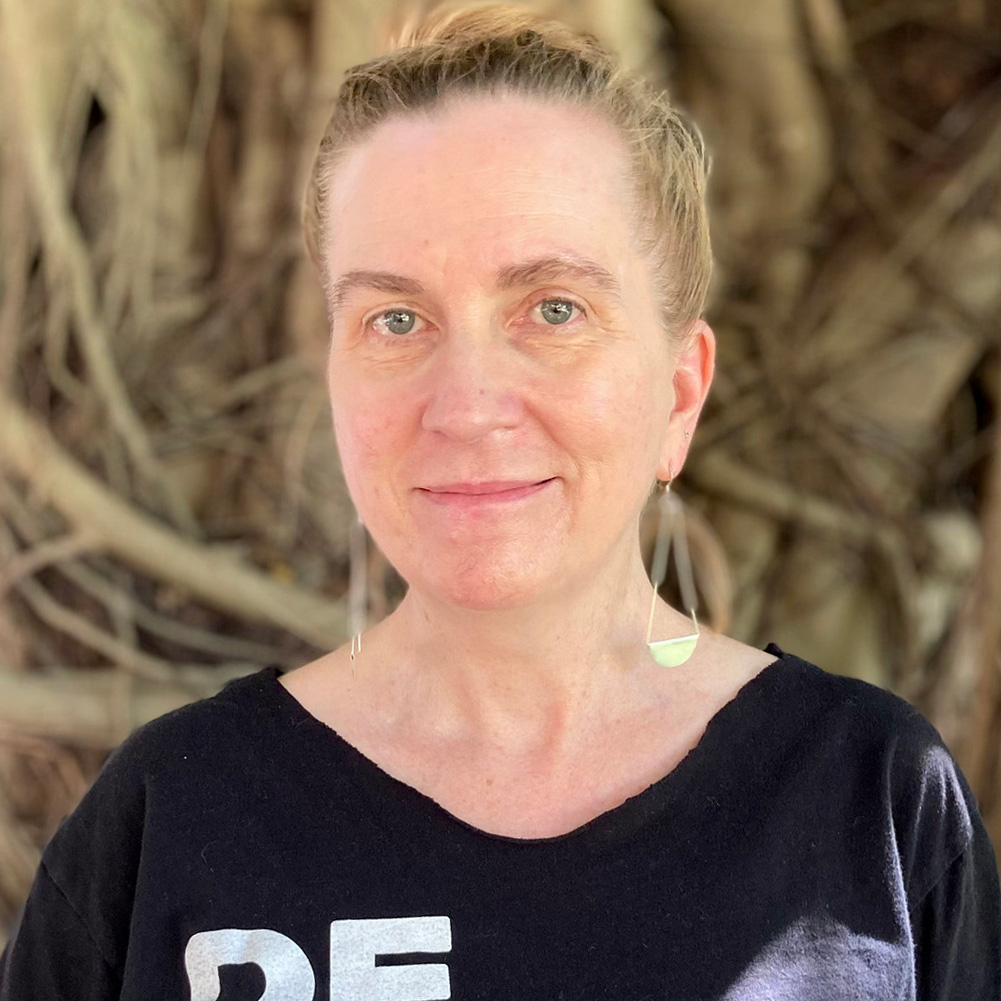
Everyone deserves to have access to food, health care, housing, and other basic needs. These are fundamental human rights. Government safety net programs have long fallen short of what is needed. Throughout our history, communities have found power in coming together, creating networks of mutual support to help each other when the government won’t.
By forming mutual aid networks, we can take immediate action while continuing to advocate for change. Mutual aid builds solidarity, helping everyone involved by creating new communities of care with our neighbors to redistribute wealth and share skills and material resources with those who need help.
There are many examples of people working together to keep their communities safe and healthy through mutual aid (read about efforts in Chicago and West Virginia). Here's how you can get involved in building these vital networks of support.
Solidarity, not charity
For people and communities who are marginalized and/or criminalized, organized mutual aid can be a way to survive and thrive. The Black Panther Party free breakfast program, which served 20,000 meals a week to Black children in 1969, is a great example.
The Black Panther Party free breakfast program was just one element in a series of projects that worked to not only meet basic needs for Black communities that faced divestment, redlining, and systemic racism, but also provide space for shared analysis, movement building, and liberation.
During the AIDS crisis of the 1980s and ’90s, queer communities took matters into their own hands and created their own health clinics, therapy groups, needle exchange programs, and food pantries. The solidarity built with allies and community members who were criminalized and ignored by the government helped build a movement for change that grew for decades and achieved real wins.
Currently, Chicago and Los Angeles are using mutual aid to support communities targeted by ICE. Groups have formed to go grocery shopping for immigrants who are worried about leaving their homes, signing up to watch corners for ICE activity during school drop off and pick-ups, and support each other in many other ways.
Community bail funds, bystander intervention, and Cop-watch are all recent examples where the strategies for mutual aid are intertwined with public education about the underlying systems of oppression that create the need for community response.
Why you should you start a mutual aid network now
At this moment of global change and uncertainty, it is evident that structures in our society leading to inequality and systemic oppression create chaos and harm for everyone. We cannot count on the U.S. government to solve the crises that we face. Creating new structures of collective care can help us through this period, and engaging in mutual aid is a way for us to build new social relationships that recognize our ability to have agency, creativity, and solidarity!
Here are some inspiring examples of mutual aid projects:
Saving lives in the Mexico-U.S. borderlands by providing direct aid to migrants. No More Deaths is a volunteer-based organization that prevents migrant deaths and suffering by leaving water and supplies in the desert and more.
Responding locally to natural disasters, when the government cannot move quickly enough. After Hurricane Helen hit North Carolina, the queer mutual aid organization Pansy Collective responded within 48 hours.
Financial solidarity projects for those who can help with financial assistance to reach folks who need cash directly. During the COVID-19 pandemic, organizers in Chicago created a simple way for people to ask others for assistance.
Food distribution projects that collect donations from grocery stores, restaurants, or individuals and then distribute them to people in need. Food Not Bombs is an all-volunteer movement that recovers food that would otherwise be discarded, and distributes free vegan and vegetarian meals in more than 65 countries in protest to war, poverty, and environmental destruction.
Neighborhood pods that are self-organized groups of folks who can count on each other for support. This practice became widespread during the acute days of the pandemic, but it is great to form a pod when there isn’t an emergency so that you build relationships of support around everyday tasks or needs. Then if or when there is an emergency, you are already in a position to work together.
5 ways you can get started

- Start your research with the Mutual Aid 101 toolkit with organizer Mariame Kaba and Rep. Alexandria Ocasio-Cortez. Developed during the pandemic, the toolkit includes step-by-step instructions for how you can create your own mutual aid network while maintaining health precautions.
- Check to see if someone is already organizing mutual aid in your community or work through your own networks to see if others want to join you to create a new project. If you have an AFSC office in your area, staff may be connected to efforts, as well. Don’t forget safety practices for mutual aid food and supply distribution.
- Develop a pod of support if you don’t have one already. You can do some pod mapping of people that you already know, or create a neighborhood pod, by reaching out to people who live in proximity, whether you already know them or not.
- Dig a little deeper and learn about the history and essential elements of mutual aid from Dean Spade’s book "Mutual Aid: Building Solidarity During this Crisis (and the Next)."
- Download free graphics from justseeds.org to help spread the word.
No matter what the future brings, the multiple challenges we face call for us to engage in solidarity and resistance. Mutual aid is a great way for people to get involved. The creation of these networks will continue to provide support for community care and organizing, opening new ways of shared well-being that will far outlive any crisis we face.
